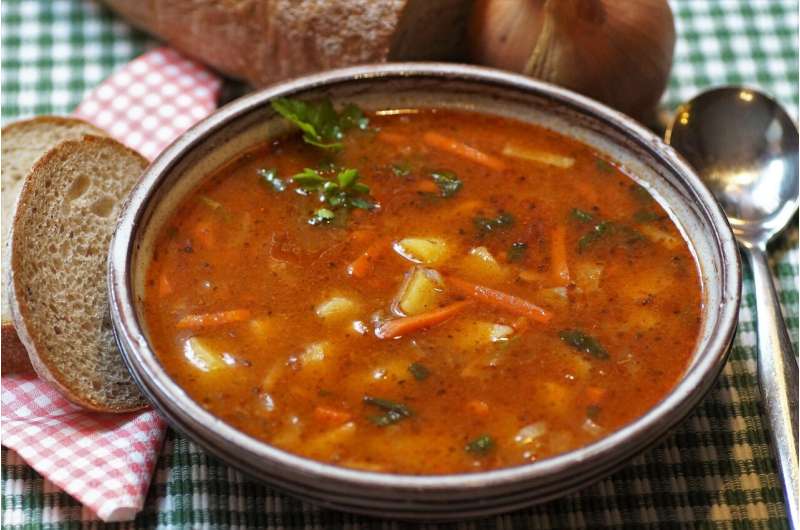Food stamps stretch farther when recipients have time to cook

A new paper in JAMA Network Open, written by Berkeley Public Health Professor of Community Health Sciences Barbara Laraia, Ph.D., MPH, RD, Anil Aswani, Ph.D., associate professor of industrial engineering and operations research at UC Berkeley, and Matt Olfat, Ph.D., of Citadel LLC, finds that SNAP (the Supplemental Nutrition Assistance Program, commonly known as food stamps) recipients who had more available time were able to prepare higher quality meals, which reduced sodium consumption for them and their families.
The analytical model the paper used dives into one barrier to healthy eating: The time it takes to prepare meals from scratch, with results suggesting that increasing SNAP funding alone will not lead to access to nutritious meals if recipients don't have the time resources needed to prepare them from fresh ingredients
"The paper suggests that the amount of funding available to purchase food and the time available to prepare meals are not strict substitutes for each other," says Aswani. "Increasing time availability is associated with improved nutritional quality of meals even in the presence of increased funding."
"Conventional wisdom suggests—and data supports—the reality that cooking from scratch and eating from home provides more nutritious meals than eating out at a restaurant or buying processed, prepared foods," says Laraia. "Cooking takes time and the average American family spends less time shopping, preparing, and cooking foods at home than ever before. Meanwhile, fresh nutritious foods cost more money than highly processed foods. Many low-income families in the U.S. suffer a time deficit as well as financial constraints when it comes to buying and preparing meals at home. We found that simulating an increase in time that U.S. families have for preparing meals from scratch actually improves the number of meals eaten at home and several nutritional indicators. An increase in funds can also help, but time seems to be slightly more important."
Their work has the potential to have high real-world impact by providing guidance to the USDA on the design of an updated SNAP model; the formula for SNAP has not been updated since the 1970s.
"Currently, policy interventions related to food insecurity mainly focus on either providing funds to purchase food or providing prepared meals," says Aswani.
"Interventions to help families with time—such as working from home, assistance with shorter commutes and/or child care—will be needed to help dedicate more time to preparing meals, cooking, and eating at home," says Laraia, who says that the Thrifty Food Plan, which is the basis for determining SNAP benefits, needs to be re-evaluated to account for time needed to prepare meals. "The Thrifty Food Plan assumes unlimited time to purchase, prepare, and cook all meals from scratch, which is unrealistic in today's job market and food environment."
This research is especially relevant right now; President Biden recently issued an executive order asking the USDA to update the model used to design the Thrifty Food Plan. The executive order specifically asks that the new model take into consideration meal preparation time.
"Convenience is a fact of our modern day life," says Laraia. "We need a more nutritious food supply to accommodate our busy lifestyles, especially among low-income households that have limited time and financial resources."
More information: Matt Olfat et al, Association of Funding and Meal Preparation Time With Nutritional Quality of Meals of Supplemental Nutritional Assistance Program Recipients, JAMA Network Open (2021). DOI: 10.1001/jamanetworkopen.2021.14701



















